May is Blood Pressure Awareness Month
Hypertension increases the risk of heart disease and stroke, two leading causes of death for Americans. Nearly half of Americans have hypertension—and only 1 in 4 adults have the condition under control. It’s imperative that you prioritize your cardiovascular wellness.
What is Hypertension?
High blood pressure, or hypertension, is blood pressure that is higher than normal. Your blood pressure changes throughout the day based on your activities. Having blood pressure measures consistently above normal may result in a diagnosis of hypertension.
The higher your blood pressure levels, the higher your risk of other health problems—such as heart disease, heart attack and stroke.
This condition is very prevalent in the United States. Nearly 1 out of every 2 adults have hypertension. Of those 108 million American adults, only about 1 in 4 have their condition under control.
How is it Measured?
One of the first things to happen during a doctor’s visit and cardiovascular wellness check is a blood pressure reading. You are then given two numbers. So, what do those numbers mean?
The first number (called systolic blood pressure) measures the pressure in your arteries when your heartbeats. The second number (called diastolic blood pressure) measures the pressure in your arteries when your heart rests between beats. A normal blood pressure level is less than 120 over 80. That means blood pressure measured at 130 over 80 is considered high.
What are the Causes?
Risk factors that can increase your risk of high blood pressure include health conditions, your lifestyle and your family history.
Hypertension can be caused by a preexisting condition, such as a kidney abnormality or a structural abnormality of the aorta. This type of high blood pressure is known as secondary hypertension since another medical issue was present first.
What are the Symptoms?
High blood pressure usually has no symptoms, so the only way to know if you have it is to get your blood pressure measured by a healthcare professional.
How Can You Address It?
Depending on your blood pressure level, talk to your doctor about ways to control the condition. A doctor will typically recommend prescription medication or lifestyle modifications—or a combination of both.
Lifestyle changes to lower your blood pressure include:
- Maintaining cardiovascular wellness and a healthy weight —Strive for a body mass index between 18.5 and 24.9.
- Eating healthier—Eat a lot of fruit, vegetables and low-fat dairy.
- Reducing sodium intake—Ideally, stay under 1,500 milligrams each day, but aim to cut at least 1,000 milligrams from your daily diet.
- Getting active—Try to get at least 90 to 150 minutes of aerobic or dynamic resistance exercise per week. Three sessions of isometric resistance exercises per week can also help.
- Limiting alcohol use—Drink no more than one to two drinks a day.
Where Can I Learn More About Cardiovascular Wellness?
If you’re concerned about hypertension, contact your doctor to have your levels checked, and discuss how to control your blood pressure and lower your risk for other health problems.
Make sure you are covered in case of emergencies, Acentria Insurance is here to keep you and your family safe and covered. Contact us today to get started!























